Last Updated on July 28, 2021

When the
rumor mill on a new BATMAN film was picking up steam in early 2003, one of the
announcements that I was the most excited about was hearing that David Goyer was
being brought on as the writer. A lot of people think that X-MEN was the film
that jumpstarted the current trend of comic book movies, but it was actually
David Goyer’s script for the first BLADE film in 1998 that proved there was
some life in the genre.
Goyer was
clearly the best choice to bring BATMAN into the 21 century. He gets the
mythology behind comic books. He’s capable of writing larger than life
adventures, or small, unassuming dramas like his directorial debut ZIG ZAG.
Growing up in the 80s, I was pretty obsessed with the original Tim Burton BATMAN
film. But in the wake of that success I discovered Frank Miller’s classic
BATMAN: YEAR ONE graphic novel. Ever since then, I’ve wanted a similar
experience in a BATMAN movie. Goyer, working with director Christopher Nolan,
has done just that. Somehow they have delivered the movie that I have wanted to
see ever since I was a 14 year old kid.
Another
welcome addition to the team was producer Charles Roven, the producer on two of
my favorite films, THREE KINGS and 12 MONKEYS. Roven’s experience and
reputation would likely ensure that Nolan and Goyer could get the job done
without interference. It has definitely paid off.
During the
recent publicity blitz for BATMAN
BEGINS here in smoggy
L.A.
, we sat down with Goyer and Roven and discussed the nuts and bolts of bringing
BATMAN BEGINS to the screen. I felt bad for David Goyer. Here he is promoting a
BATMAN film that he co-wrote, his lifelong dream, and on the day of the
interviews he has a terrible case of laryngitis. Bummer. But he soldiered on,
answering our questions.

How
did you feel about the last couple of Batman movies, just as a fan?
DAVID
GOYER (DG): Look, I
mean, they’re all different. My only thought was that it seemed to me that the
later Batman films were diverging farther and farther away from how he was
popularly being depicted in the comic books. So that’s all I’ll say about
that.
Why
the choice of the Scarecrow as a villain?
DG: One, he hadn’t been used in the movies before.
He’s creepy. We were wanting to explore subtext themes of fear. And Ra’s
(Ra’s Al Ghul) is the other one obviously. If you look at the pantheon of
Batman villains, it just so happened, in my opinion, two of the best ones,
Scarecrow and Ra’s, hadn’t been used yet. So that’s why. And, we thought
it was important, since we were doing a kind of reboot, to use one that hadn’t
been done before.
A
lot of the characters in the film were in the Batman comics from the 70s. What
made you choose characters from that period?
DG:
We had at our disposal 66 years of Batman material; we could use the best of the
best. It just so happened that a lot of it came from the 70s. The Scarecrow was
introduced in the 40s. BATMAN: YEAR ONE came out in the tail end of the 80s.
Whatever worked the best, we used, we cherry picked.
David,
can you talk about your adaptation of THE FLASH comic book?
DG:
I’m writing it
right now, and Chuck is producing it.
Are
you going to be involved in a sequel?
DG:
We don’t know. Until Chris commits, we’re not. Everyone’s sort of waiting
on Chris.
Are
the actors are signed up?
CHARLES
ROVEN (CR): Some
are.
DG:
Some are, and some aren’t.
CR:
I think Michael Caine is committed.
DG:
Christian, Michael Caine…
CR:
Gary Oldman, I actually think that Katie Holmes is committed too.
Do
you see an end to the comic book movie trend? Is it strong enough to become its
own genre?
DG:
It already is its own genre, I think.
CR:
Here’s the funny thing. Making movies out of comic books had been going on for
a lot of years. It happens to have; you know…I don’t want to call it a
renaissance because it’s never really stopped. But it certainly has caught the
attention of the public. Maybe more than in the past, because actually many of
the movies coming out are good. The X-MEN movies are good. The SPIDER-MAN movies
are good. As long as we can continue to mine these for great stories, I think
that it will continue this way. But if every time you turn around you’re
seeing a not very inspired or rehashed version of a scary movie, then it will be
lessened.
Can
you talk about the balance of the studio’s creative ideas, and what they
looking for to revive the franchise?
CR:
One of the interesting things about this project, and it doesn’t always
happen, this good really, everybody had the same vision of the movie that they
wanted to make. At the focal point of that vision was Chris. And because he knew
the vision that he had and was so focused on it and never deviated from it. We
had our share of production problems because the shoot was so incredibly long,
the longest shoot any of us had ever done, four times the longest shoot that
Chris had ever done before this one.
So there
was those kinds of problems. And constantly weighing, even though we got this
tremendous amount of assets and money, the movie has to, if it’s going to
deliver, have this tremendous scale to it. So you’re constantly balancing the
aesthetic with the economics, so you’ve got those kinds of problems. But we
really didn’t have any…what you hear about as typical studio on one side of
the creative table and the filmmakers on another side. That didn’t happen on
this movie, it was incredibly easy like that.
It’s
the first BATMAN film to take the character seriously.
DG:
That was the point.
CR:
Everybody wanted to make that movie. Everybody wanted to tell the story in a
kind of hyper reality way. Very not “cartoony”, try to make it as real…the
whole production was designed around that. What would a guy today, who came from
one of the richest families in the world, who had this tragedy, what events
could happen that would end up with him donning a batsuit? That’s where we
went and we needed to go. Chris shot it a very realistic way; it’s why we
decided to use as many real things as we could. We developed a real car; it does
all the things in the movie. Most of the stunts are done, really done, very
little CGI in the picture. The CGI that’s in the movie, instead of it being
designed to be wondrous and out of this world, is actually designed to make the
world that we’re in more real.
Was
it Chris’ idea to do the movie that way?
DG:
Yeah, totally.
Did
he go to Warner Bros. to sell them on it?
CR:
Actually, what happened was that, Warner Bros had been trying, really since
BATMAN AND ROBIN, to find a way to bring the project back. They’d worked with
other filmmakers, in various incarnations.
They
actually had one great script called BATMAN VS. SUPERMAN, but that was a way to
possibly revive both franchises. And then when they got what they though at the
time was a great script from J.J. Abrams on SUPERMAN, they decided they were
gonna make that. They went and said “well, gee, maybe we can revitalize Batman
on his own, and Chris said “hey I’m interested in meeting on that.”
What
was the final budget of the film?
CR:
A lot! (LAUGHS)
How
many days of principal photography?
CR:
There was only principal photography, and a model unit. So we ended up shooting
123 days.
Is
there one comic book character that hasn’t been tapped for the movies yet?
DG:
Silver Surfer!
“BATMAN
BEGINS“
TAKES FLIGHT IN THEATRES ON WEDNESDAY JUNE 15



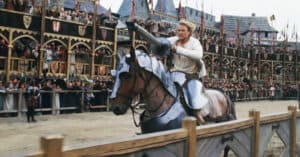
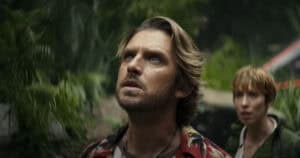
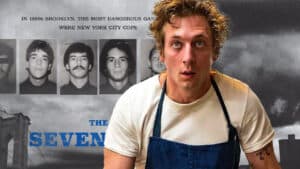
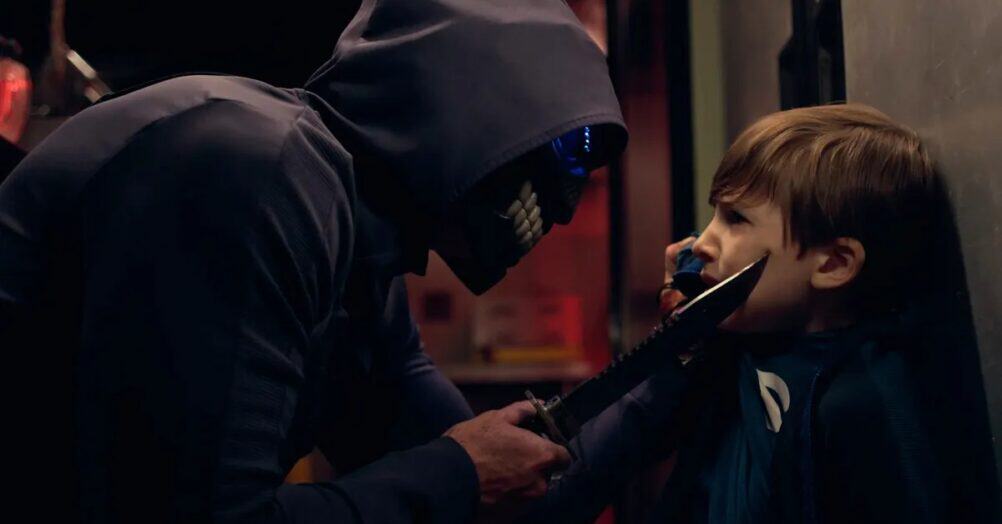
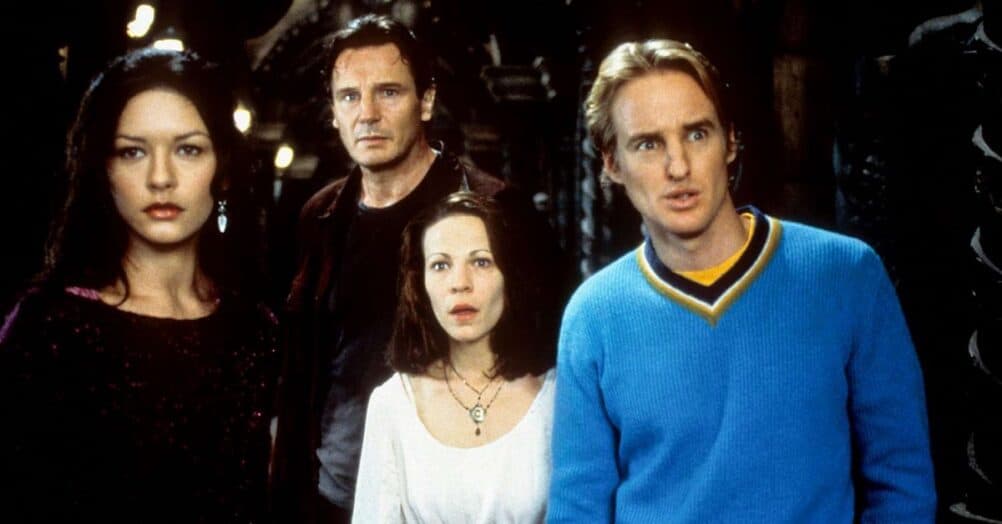
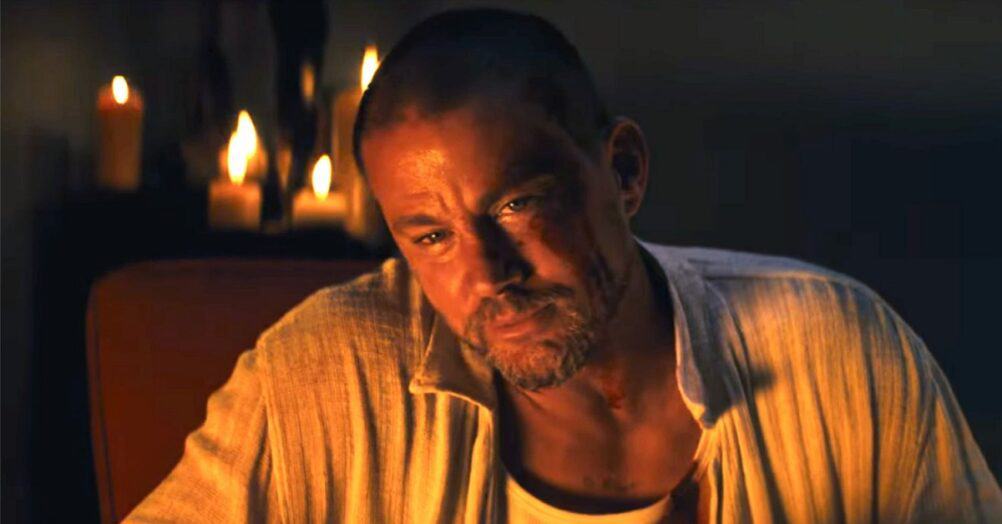
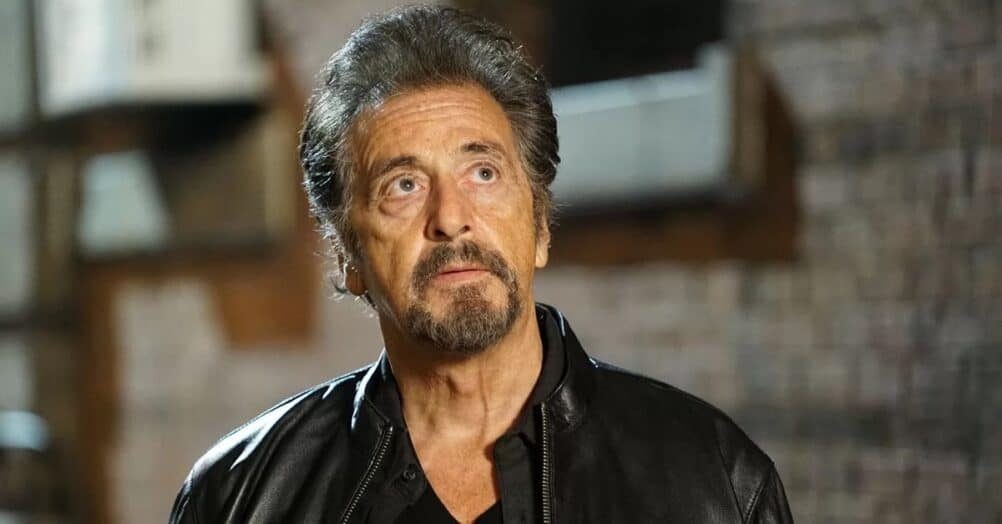
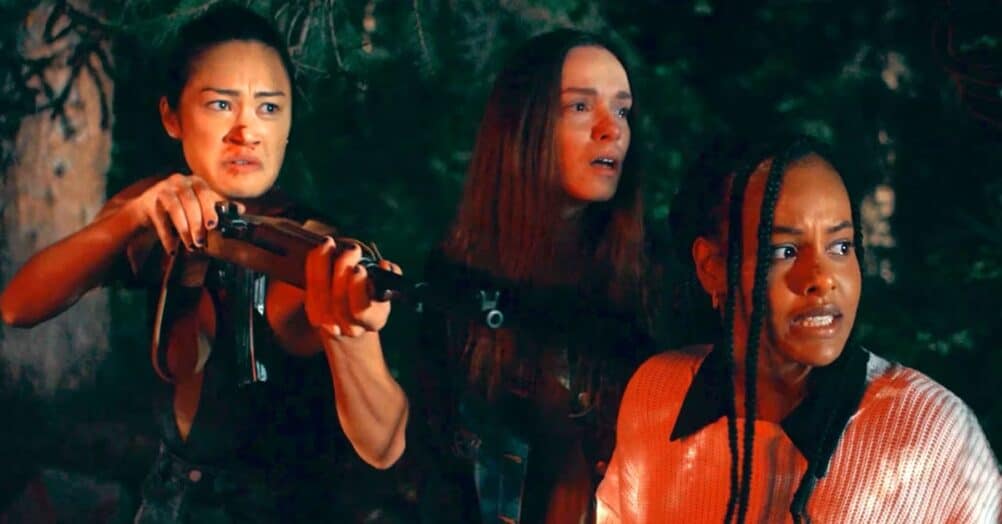
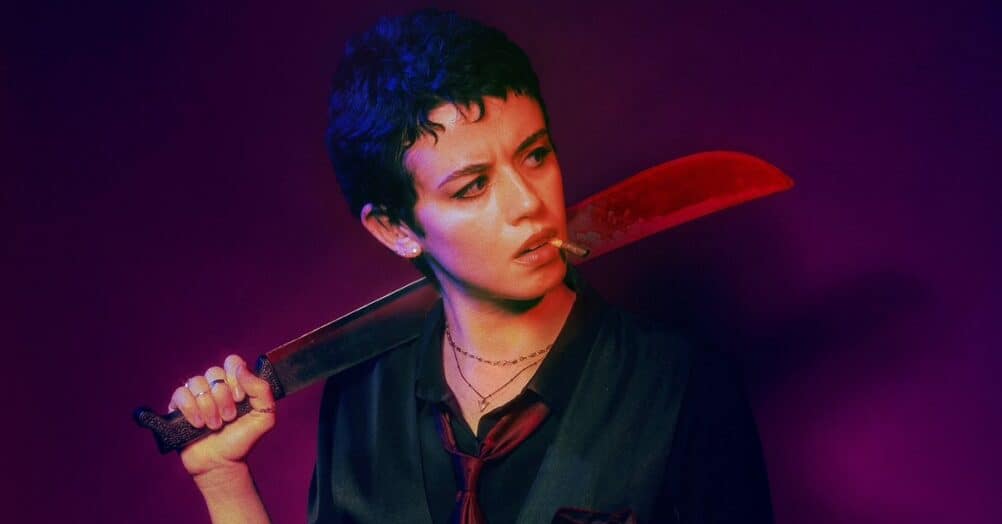
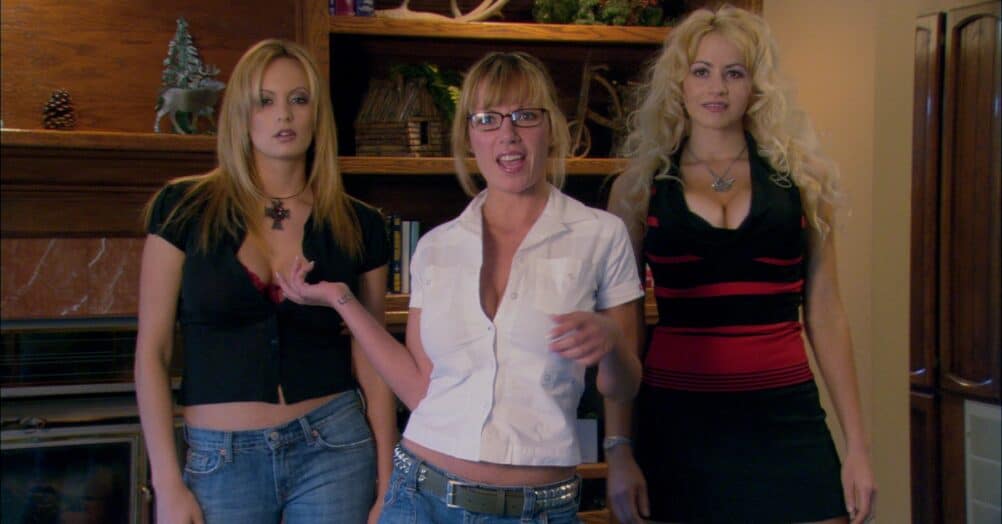
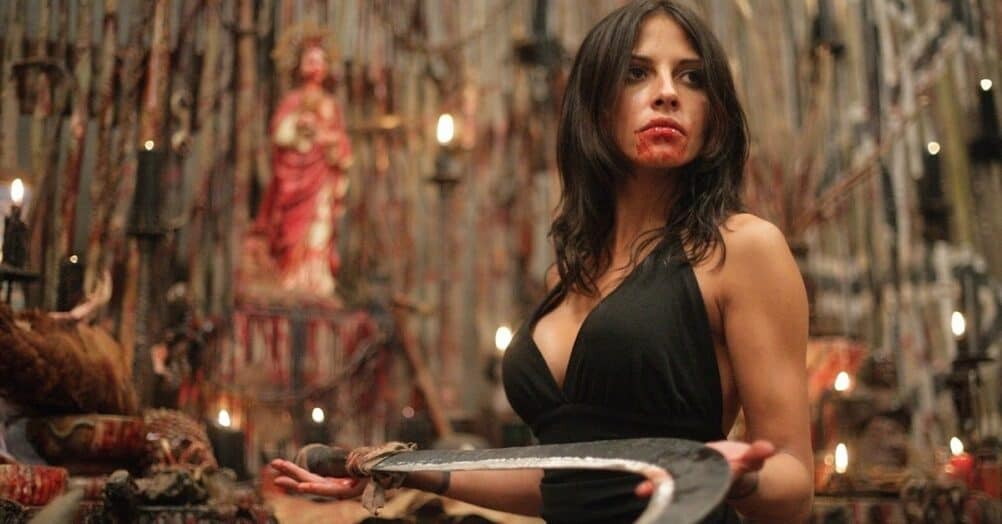
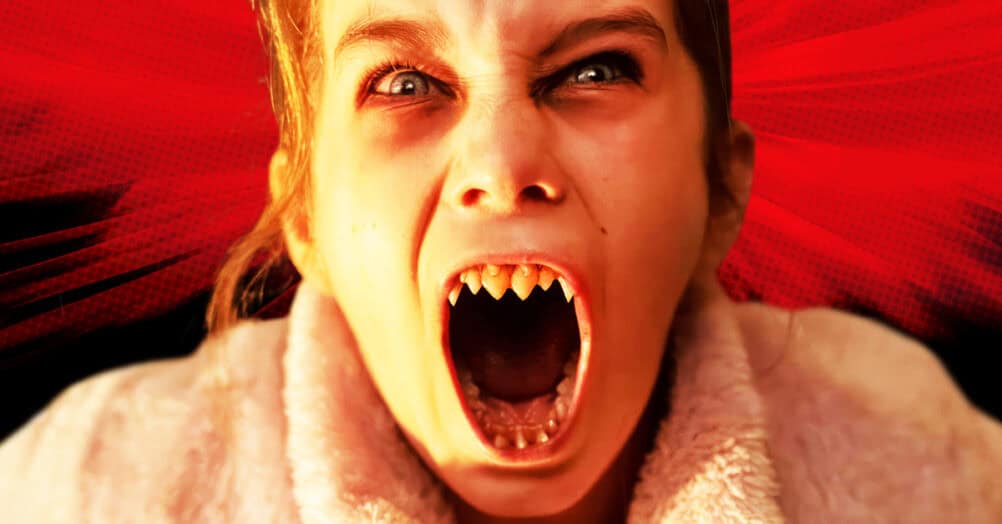
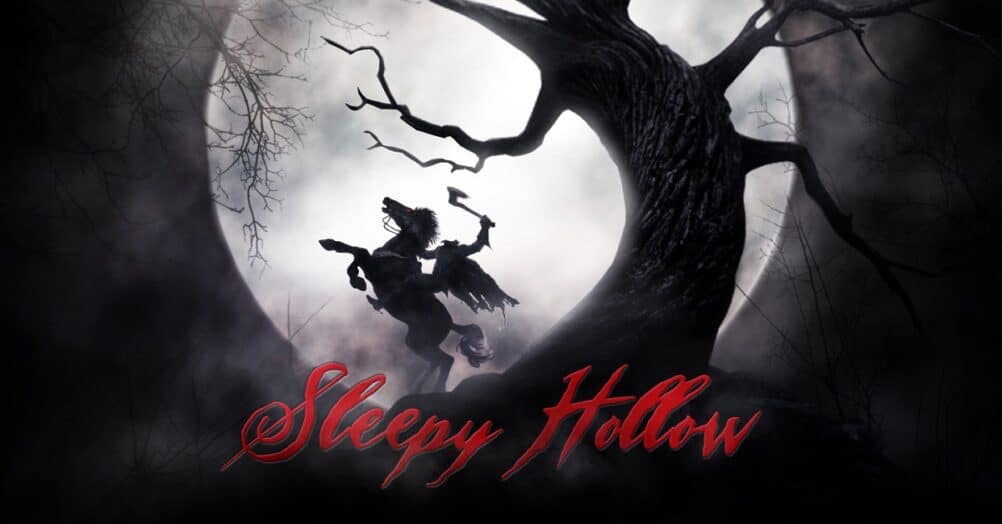
Follow the JOBLO MOVIE NETWORK
Follow us on YOUTUBE
Follow ARROW IN THE HEAD
Follow AITH on YOUTUBE